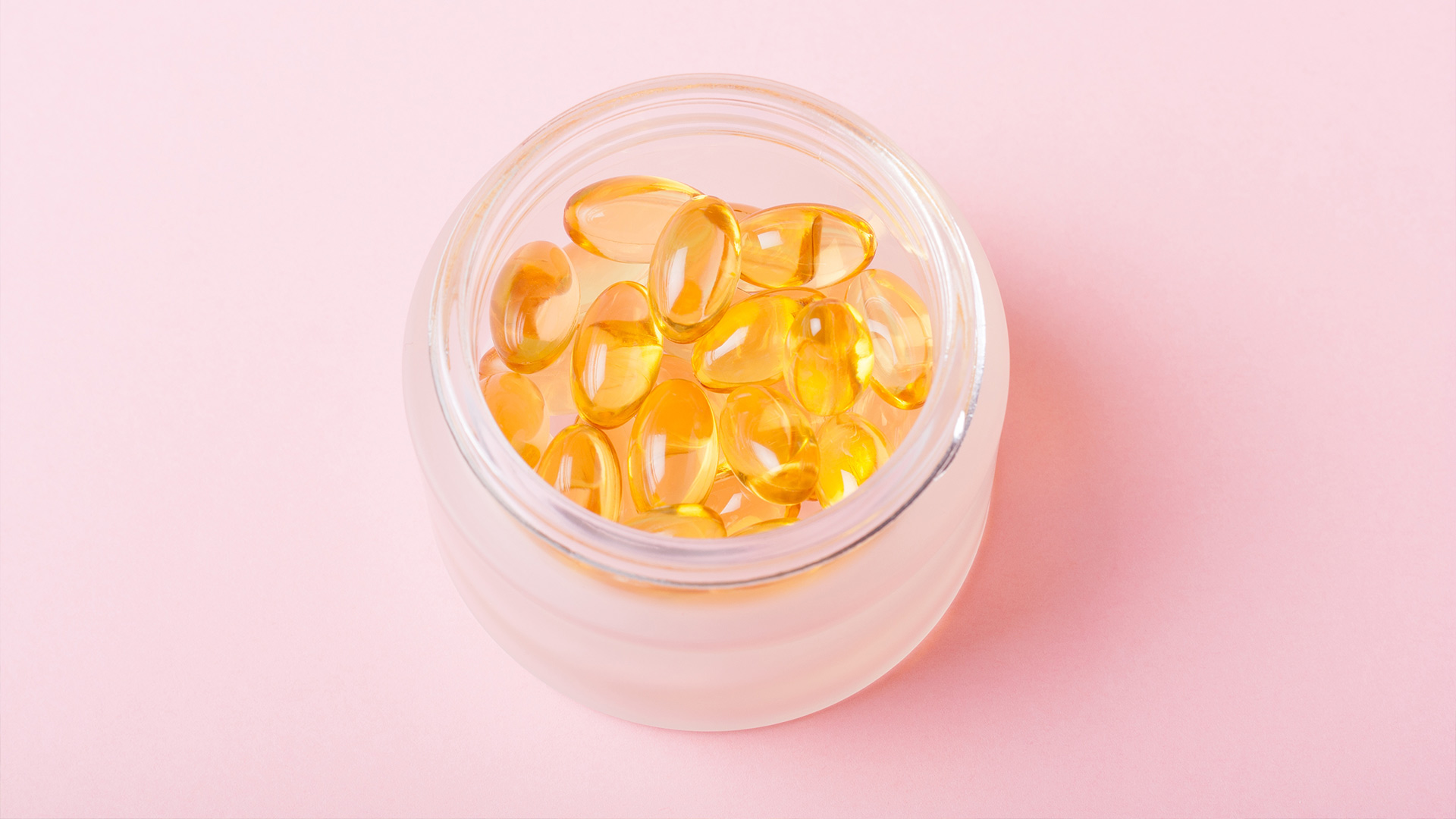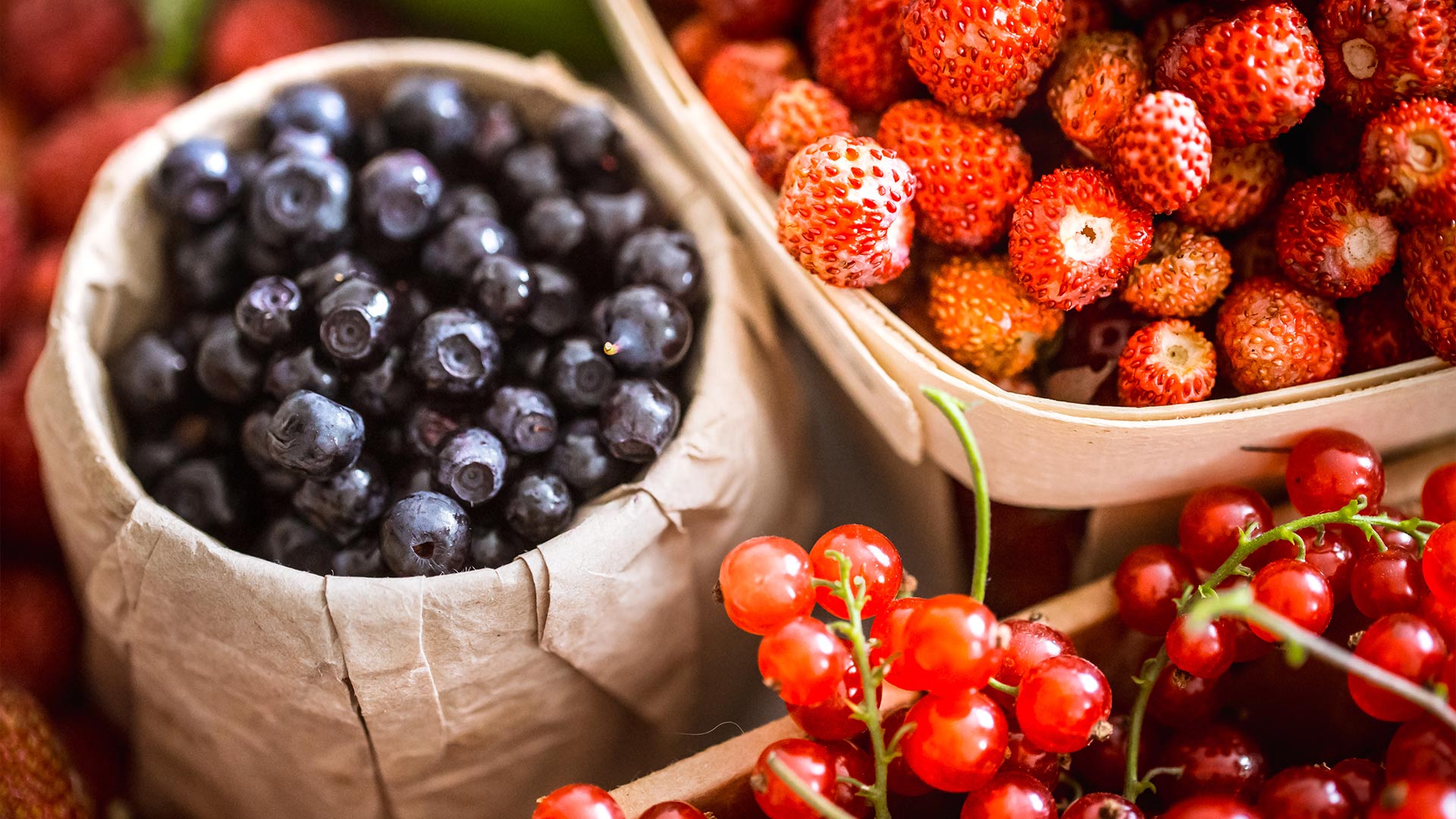You’ve probably heard omega-3s are good for your heart, your brain, and your joints. But guess what—they’re also a total game changer for your skin.
If your skin’s been feeling dull, dry, irritated, or just… blah, you might not have a product problem—you might have a fat problem. More specifically, a lack of the right kind of fats.
Let’s talk about why omega-3 fatty acids are absolutely essential for glowing, healthy, youthful skin—and how you can get more of them into your diet, starting today.
What Are Omega-3s (and Why Do They Matter for Skin)?
Omega-3s are a type of polyunsaturated fatty acid that play a major role in your body’s anti-inflammatory processes. There are three main types:
- ALA (alpha-linolenic acid) – found in plant oils like flaxseed, chia, and walnuts
- EPA (eicosapentaenoic acid) – found in fatty fish and fish oil
- DHA (docosahexaenoic acid) – also found in fatty fish, supports cell membranes and brain health
Your body can’t make omega-3s on its own—you need to get them from food. And your skin? It relies on them to stay hydrated, calm, strong, and glowing.
Omega-3s Strengthen Your Skin Barrier
The outermost layer of your skin—the skin barrier—is like a wall that keeps moisture in and irritants out. When that barrier is strong, your skin stays plump, smooth, and less reactive.
Omega-3s help:
- Reinforce the lipid layer of your skin
- Prevent transepidermal water loss (aka your skin drying out)
- Reduce sensitivity, flaking, and tightness
If you’ve ever felt like no amount of moisturizer helps, your barrier might be compromised—and omega-3s can help fix it from the inside.
They Fight Inflammation (So Your Skin Stays Calm)
Inflammation is behind a lot of the skin issues we struggle with: acne, redness, eczema, and even premature aging. And while your skincare routine might help soothe things on the surface, omega-3s address the root of the problem.
How omega-3s reduce inflammation:
- EPA blocks the production of inflammatory cytokines
- DHA supports immune balance and reduces skin reactivity
- They help calm overactive oil glands and minimize hormonal breakouts
Real-world results:
People who increase omega-3s in their diets often see fewer flare-ups, less redness, and more consistent skin texture over time.
Omega-3s Support Collagen and Elasticity
Collagen isn’t just about peptides and serums—it starts with what you eat. Omega-3s help preserve collagen by protecting skin from free radicals and slowing matrix metalloproteinase (MMP) activity (these are enzymes that break down collagen).
They also support circulation and nutrient delivery, which keeps your skin looking firm, plump, and energized.
Added bonus:
Omega-3s keep skin supple—so fine lines appear softer and skin bounces back faster.
They Help Control Oil Production (Yes, Really)
It may sound strange that eating fat can help with oily skin, but it’s true. Omega-3s help balance your skin’s sebum levels by calming inflammation in your oil glands.
This means:
- Fewer clogged pores
- Reduced shine
- More balanced, less reactive skin—especially if you’re acne-prone or combination
It’s one of those skin wins that shows up slowly—but once it kicks in, it’s magic.
Omega-3s Provide Natural Sun Protection (Sort Of)
Omega-3s won’t replace your sunscreen (don’t even try), but they can reduce your skin’s sensitivity to UV rays.
How?
- They reduce inflammation caused by sun exposure
- They help limit DNA damage from UV radiation
- They support repair processes if you do get too much sun
Important:
You still need to wear SPF daily. But think of omega-3s as your backup crew—they reduce long-term damage and make your skin more resilient.
Signs You Might Be Low on Omega-3s
Omega-3 deficiency isn’t super obvious, but your skin might be dropping hints:
- Dryness that won’t go away, no matter how much you moisturize
- Flaky patches, especially in winter
- Redness or irritation for no clear reason
- Dull tone or lack of glow
- Acne flare-ups or random breakouts
- Itchy scalp or brittle nails (bonus signs!)
If any of these sound familiar, it might be time to boost your intake.
Best Food Sources of Omega-3s
Here’s how to eat your way to radiant, omega-3-fueled skin:
Top sources (EPA + DHA):
- Salmon
- Sardines
- Mackerel
- Anchovies
- Trout
- Cod liver oil
Plant-based sources (ALA):
- Chia seeds
- Flaxseeds (ground is best)
- Walnuts
- Hemp seeds
- Algal oil (vegan source of DHA)
- Brussels sprouts (surprisingly good for skin!)
Daily habit tips:
- Sprinkle chia or flax in your morning oats or smoothie
- Add walnuts to salads or roasted veggies
- Choose a few fatty fish meals per week—or take a supplement if needed
Should You Consider Omega-3 Supplements?
If you don’t eat fish (or don’t eat it often), a high-quality fish oil or algal oil supplement can help. Look for one that contains both EPA and DHA, and check for third-party purity testing (to avoid contaminants like mercury).
General dose range:
- 250–500mg EPA + DHA per day for basic support
- Up to 1000–2000mg under guidance for inflammation or skin conditions
Always consult a doctor before starting new supplements, especially if you’re on blood thinners or have health conditions.
Combine Omega-3s with Other Skin-Loving Nutrients
Omega-3s work even better when paired with other anti-aging nutrients:
- Vitamin E – found in nuts and seeds, helps protect omega-3s from oxidation
- Vitamin C – supports collagen and protects against environmental stress
- Zinc – helps balance oil and repair skin
- Polyphenols – found in berries, tea, and dark chocolate, fight free radicals
Think of it as building a full nutritional support team for your skin.



